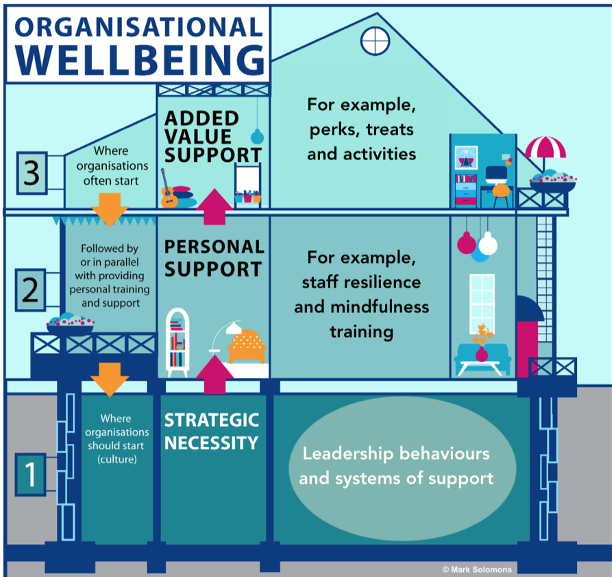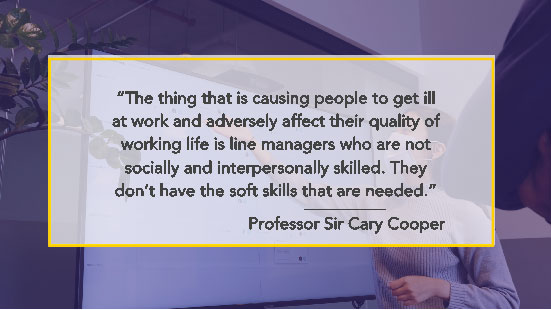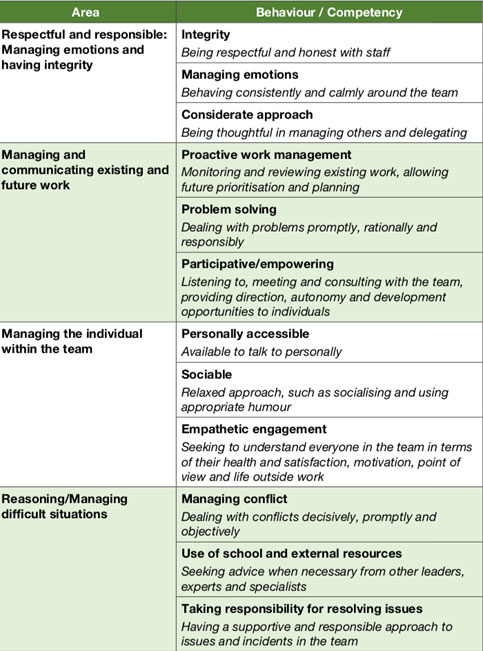
You will probably have received numerous emails about Mental Health Awareness Week. How to spot signs, how to make sure staff are comfortable talking about it, and the importance of providing counselling and support.
All very valuable, and sadly necessary things we need to do.
But what about prevention? How do we help to ensure more staff do not join what is already a too-long list of people with mental ill-health? At least reducing issues caused by the workplace environment.
Research from Support Partnership and Leeds Beckett University suggest up to one third of teachers could be struggling and I know from my work with schools that it affects support staff too!
We also know that stress is the number one cause of staff long-term absence and the number two cause of short-term absence, after minor illnesses. It has a significant impact on lessons, on other colleagues, on student outcomes and on costs.
Of course mental illness has many causes, and from outside work, and staff do have to take responsibility for themselves. Personal wellbeing is reducing. Anxiety caused by isolation, uncertainty, having to use new technologies, not being prioritised for the vaccine and a failure by ‘society’ to recognise the enormous contribution made by school staff during the pandemic are some of the causes.
As leaders you cannot be responsible for managing everything that affects a staff member’s wellbeing, though you are accountable for creating an environment where all staff (and students) thrive and can do their best work, and where the risks of workplace stress are reduced.
You can do your part for prevention and ensure that your workplace is not causing or adding to the increasing problems we see. And there is some good news among the always negative headlines, with signs you are starting to do just that.
Our survey results over the last few months have shown improvements in scores across all school sectors and phases and in most schools. Workplace wellbeing does seem to be getting better. These findings are mirrored by Gallup and Peakon in the corporate sector, who are seeing employee engagement scores go up too.
Increased communication, more check-ins and greater transparency have all led to this. It is sometimes easier to jump on a zoom call than find your way to see staff in the classroom now you are back in the busy school environment. We know that better, more regular and open contact works and the big challenge is how to maintain this as we head back towards ‘more normal’ working.
As well as keeping this going, what are the other things you might do to ensure that your school, college or MAT culture has staff wellbeing embedded within it and helps to support mental health through prevention?
Start with the foundations
Improving staff wellbeing really is like building a house. You have to have firm foundations in place before taking other action. Otherwise, it is at risk of falling down!

This means ensuring that behaviours are clearly articulated, deliver against the school values and are role modelled by leaders every day. Systems that support this also need to be in place and effective, including performance management, appraisals and one-to-ones.
If your focus is on wellbeing days, yoga, or cakes in the staff room (or maybe free fruit) before and after school staff meetings, and without strong foundations, then you are building the first and second floors on quicksand.
Addressing symptoms not causes means you are unlikely to see any difference.
When a staff member who does not enjoy their job, does not feel valued or supported, finishes their yoga session, eats their cake or comes to work the morning after the wellbeing day, what has changed!
Staff wellbeing is about culture! The fastest way to make a change and improve is through your distributed leadership team. Whatever your school’s size, all those that lead others, including teachers with their TA, have such a big part to play.
Professor Cooper, one of the UK’s leading experts on organisational wellbeing, lays poor staff wellbeing very much at the door of line managers.

What is the real problem?
It is so hard for schools, colleges and MATs to get this part right given how line management is largely structured across the sector.
On their first leadership appointment, particularly for teaching staff, they usually continue to carry out 95%+ of their previous job – teaching. They have such limited time for one to ones and to give support to others. How can anyone effectively lead a team in 5 hours a fortnight? Add attending the meetings of others and solving problems and where is the opportunity for check-ins, coaching and staff support and development?
Combined with the usual lack of CPD for first time leaders, before, during and after appointment and we should not be surprised at the impact this has on staff. National qualifications are undergoing a rewrite and hopefully this will add more about leading people, something currently lacking.
Improving line management and ensuring all leaders are supporting their team effectively is the area that will have the biggest impact on the wellbeing of all staff.
How can I quickly help line managers to become better leaders?

The good news is extensive research from Goldsmiths, University of London, funded by the Health and Safety Executive, Investors in People and the Chartered Institute of Personnel and Development, identified twelve specific competencies for leaders, that are proven to prevent and reduce stress in the staff they lead. They are very different from those used in National Qualifications.
Raising awareness of these for new and inexperienced leaders and for some of those who have been around the block a few times is a great way to start.
Each competency has a range of specific behaviours under it, and ones that really will make a big difference.
- Giving more praise than criticism
- Being consistent in approach
- Doing what they say they will
- Not taking suggestions as criticism
These are just a few of the behaviours we know have a high positive or negative impact on staff.
In the Welbee Toolkit, we explore these behaviours and provide the opportunity for leaders to self-assess against them through 4 questionnaires. Because it is a self-assessment and results are not shared, they can be honest with themselves and receive a report on areas of strength and possible focus. They can also access some training on the key behaviours we know have the biggest impact – listening, coaching, empathy, trust.
The toolkit and Welbee Voice all come as part of Welbee Survey. A structured way to annually measure, implement action and track progress in your school, college or MAT.
If making sure workplace wellbeing is not a contributor to rising mental ill-health and preventing workplace stress are important to you, I’d love to show you how Welbee makes it easier to take a systemised approach to improving staff wellbeing.
More than 90% of schools that have used us have seen improved scores between their first and second surveys. Would you like to join them?
Get in touch if you have any questions or book a demo here.
